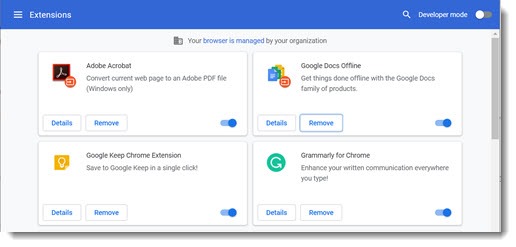

Think of a master password as the one password that gives you access to all your passwords.

These software can autofill your login details for you once you enter a master password. There are software that store and access KeePass databases that you can use on your device, which could be a smart phone, tablet, laptop, or PC. KeePass is not a software it is a standard. A good solution it appears might be to save the credentials yourself on your device. How does one really make a complicated password and one that is easy to remember? How does one keep track of all these unique and complex passwords? How does one stop web sites from being hacked? Even popular online password management services have been hacked in the past and that is scary. You should change those passwords right away, but is there anything else you can do? Change the passwords to very complex ones, using a unique password for every service and changing them from time to time are some ways. Simply enter your login e-mail on and it should list out the sites that were hacked and where your credentials might have been compromised. Some services even let you check if any of your accounts have been compromised. Some of your logins might be available on some text dump on the web, without you ever knowing.

A lot of trouble can come your way if the logins get into the wrong hands. Anyone who has access to your PC, laptop or phone may be able to access these text files. This is not the best way to go about securing your device, especially when you hear the news of sites being hacked all the time. We save our passwords in our browsers, or on our local computers, some of us even save it in text files and notepads. If we are being honest, most of these logins may use the same username and password, with some minor variations. Most of us might have anywhere between 20 and 100 logins to remember. We use all kinds of services, so we have a countless number of user names and passwords.


 0 kommentar(er)
0 kommentar(er)
